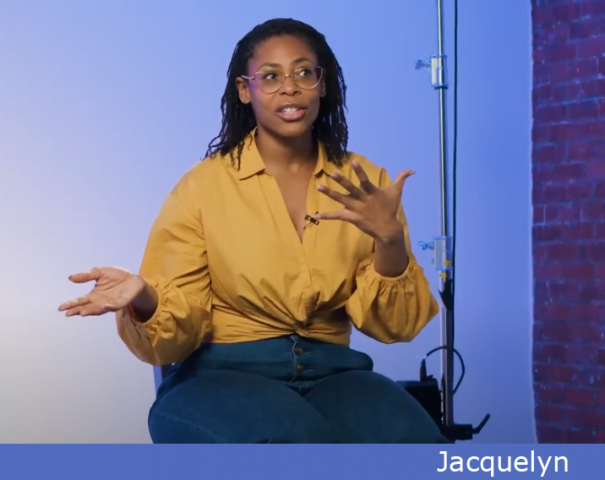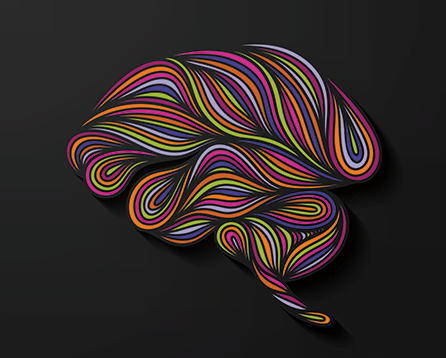
How Rich is Rich?
Occupy Wall Street protesters have made their feelings known about the widening U.S. wealth gap.
So, what do the rest of us think?
A Harvard Business School professor – Michael Norton – and a behavioral economist – Dan Ariely – teamed up to ask people their preferences when it comes to the distribution of wealth. They found that Americans of all types and political affiliations “vastly underestimated” the magnitude of the difference between rich and poor in this country.
At a time many people are suffering in the slowing economy and languishing job market, it’s interesting to see a comparison between what Americans believe about U.S. wealth distribution and the reality they inhabit.
The American rags to riches myth endures – young adults are inspired by it; immigrants come here to pursue it; and millions play state lotteries every year in hopes of hitting the jackpot. Not surprisingly, the authors found that both rich and poor said some level of inequality is okay.
“This is an admirable part of America,” Norton said in a recent interview with Squared Away. “It’s just that people overestimate the extent to which it happens.”
The researchers approached the politically charged topic of inequality in a scientific way. They asked 5,522 respondents to an online questionnaire to estimate how much of the nation’s total personal wealth was held by people with the top 20 percent of earnings, how much was held by those with the next-highest 20 percent of earnings, and so on. Separately, they asked each respondent to describe his or her ideal distribution of wealth. Wealth was defined for them as equal to assets (such as a house, car, retirement fund) minus liabilities (such as mortgages, credit cards etc.).
 Respondents estimated that the top 20 percent of earners owned about 59 percent of total U.S. wealth, but that this top tier should, ideally, own 32 percent. The actual figure: 84 percent, according to a 2001 estimate by Edward Wolff at New York University used in the experiment; Wolff’s 2007 update was 85 percent. U.S. inequality – in terms of both wealth and income – is at least as high as it was in the “Roaring Twenties.”
Respondents estimated that the top 20 percent of earners owned about 59 percent of total U.S. wealth, but that this top tier should, ideally, own 32 percent. The actual figure: 84 percent, according to a 2001 estimate by Edward Wolff at New York University used in the experiment; Wolff’s 2007 update was 85 percent. U.S. inequality – in terms of both wealth and income – is at least as high as it was in the “Roaring Twenties.”
Survey respondents’ answers varied, depending on their political party, income or sex – but not by much. What is “most striking,” the authors wrote, is that there was “much more consensus than disagreement among these demographic groups.”
The reason people can’t accurately estimate the level of inequality boils down to the question: How rich is rich? People define “rich” by what they see around them – the cars and accoutrements owned by parents of their children’s schoolmates, the size of the houses in their neighborhood or on the other side of town, what their coworkers earn.
“Most Americans don’t tend to see very wealthy people every day, and we especially never see poor people,” Norton said.
Second, the boom in consumer credit in the late 1990s and early 2000s enabled anyone with a credit card to buy consumer goods so they could appear wealthy. This also distorted what people see. The possessions they acquired were visible, he said, but “debt is not.”
Comments are closed.







Bravo for doing this research! Just as people don’t understand the actual distribution of wealth, they think Medicare is “given” to older adults. Check this out, people: it is not unusual for a couple to pay $12,000 or more a year in Medicare premiums. As far as what doctors receive in reimbursement, how about a top cardiologist (with attending nurse) who bills $219 for a visit and examination actually receiving payment of $59.40. Congress plans to cut that??? To what?? People need to wise up with the kind of help you provide in this article. Thanks.
Completely agree with your post. I see this grave issue as a common theme to the decline of the housing market, the problems on Wall Street and big government bailouts that seem to never cease. Time for Congress to make NO LAWS they themselves are exempt from!
Good article, the most recent economic slump has clearly demonstrated the difference in economic levels. A large part of the slump is the middle income trying to live like the rich, by using the equity of their home and/or credit cards to support their lifestyles. No more equity, no more credit cards, the middle class looks more like the poor.
If everyone would just focus on working hard, they could have a successful career. Maybe they won’t become rich, but at least they’d become self sufficient, and not require government assistance.